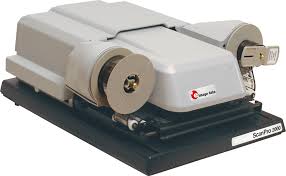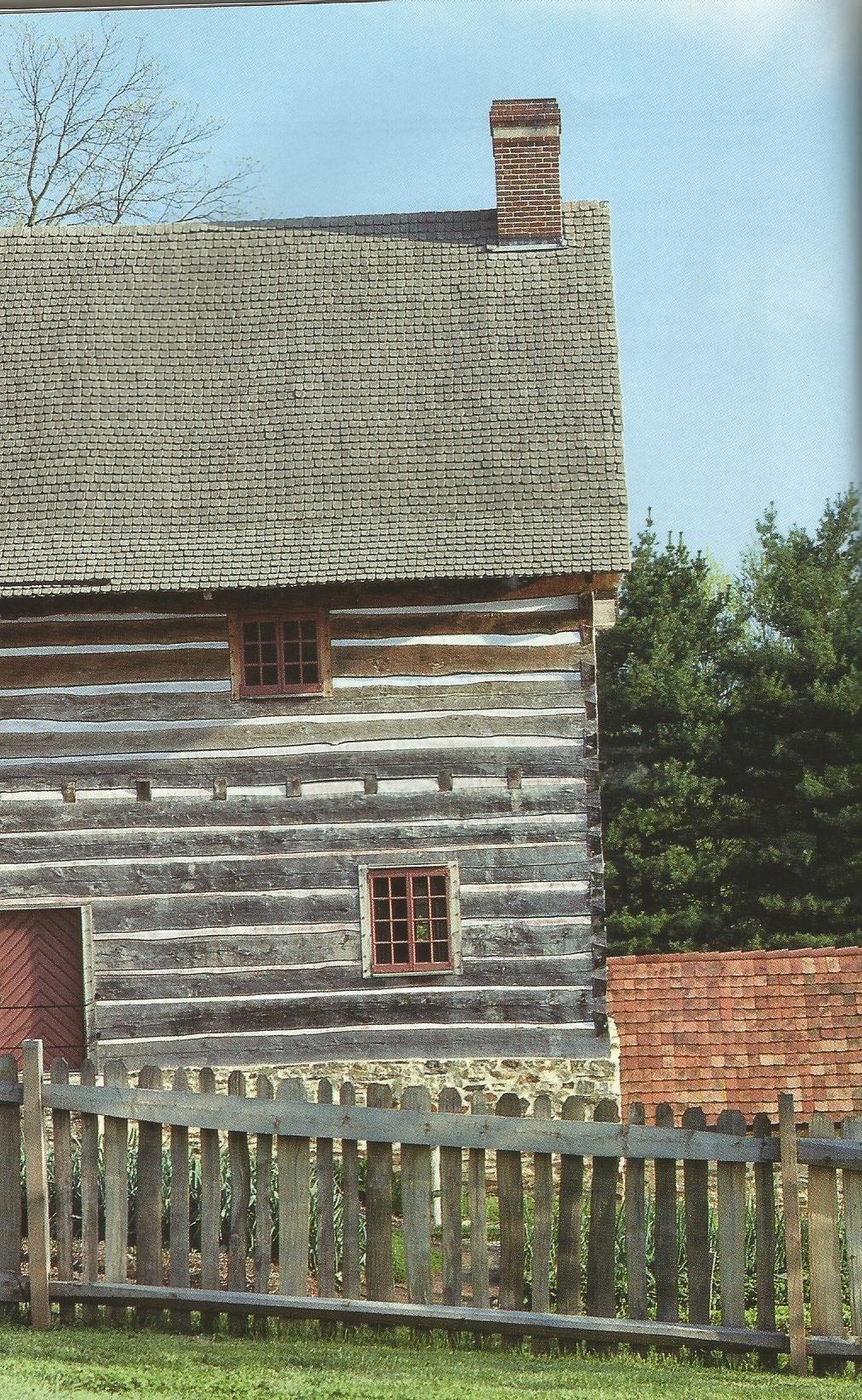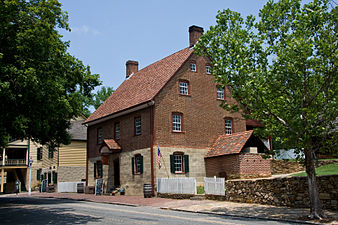The Origins of the Bethabara Colony
Images of Edgecombe County Wills 1749 to 1775
In 1740 Norwegian Moravians founded a Moravian colony in Bethlehem, Pennsylvania, and in 1747, another colony settled in Bethabara, North Carolina. In Bethlehem these Norwegians, including some Swedish and Danish families came in contact with their kinsmen. The Swedish Lutherans of Delaware were in parts of New Jersey and Pennsylvania. When the Swedes who settled on the Delaware lost their independence in 1656, the newly political state of New Sweden existed, but only for sixteen years. Ecclesiastically, however, the Lutherans of New Sweden remained subject to the state church at home for one hundred and fifty years more, and linguistically the colony was Swedish. The church records of this colony reveal many Norwegian names. During the 18th century, Norwegians came in considerable numbers to America and joined the Delaware Swedes. The port to look to is Gothenburg, which lies not far distant from the province of Smaalenene, since it was a regular Swedish sailing port for American bound ships. One of the most prominent members of the Bethabara Colony in North Carolina was Dr. John M. Calberlane, born 1722 in Trondhjem, Norway. He came to New York in 1753, having sailed from London on the ship Irene on June 30th, arriving on September 9th. Dr. Calberlane, whose noble character and untiring devotion to the welfare of his fellow colonists, takes its place among the old distinguished colonial physicians. On July 28, 1759, he himself succumbed to a contagious fever that visited the settlement. In a sermon delivered on Easter Sunday, 1760, Bishop Spangenberg gave public recognition of the service of Calberlane in his short life of six years in the colony. Other Norwegians among these Moravian colonists were: Susanna Stokkeberg, from sondmore, Norway, born in 1715, who came to America in 1744 with her husband, Abraham Reinke, a Swede, to whom she had been married that year in Stockholm. Reinke is reputed to have been an able preacher of the gospel, the two laboring together in the congregations of Bethlehem, Nazareth, Philadelphia, and Lancaster. She died in 1758, and he in 1760, leaving a son, Abraham Reinke. Peter Peterson, who was born in Norway in 1728, and had joined the church in London, came to America as a sailor on the ship Irene in 1749. He died in 1750. Jens Wittenberg, a tanner from Christiania, born in 1719, came on the Irene in 1754; he died in the colony in 1788. Martha Mans (probably Monsdatter), from Bergen, born in 1716, came on the Irene in 1749. She lived in Bethabara as a teacher and religious adviser until 1773. At the same time, also, came Enert Enerson, a carpenter, while in 1759 came Catherine Kalberlahn, and in 1762 Christian Christensen, a shoemaker, from Christiana. The latter was born in 1718; he had lived some years in Holland before coming to America. The year of his death is 1777. Erik Ingebretsen came over June twenty-second, 1750, via Dover, having been on the ocean for six weeks, a remarkably short passage for that time. Source: A History of Norwegian Immigration to the United States: From the Earliest Beginning down to the Year 1848 by George Tobias Flom.
Forsyth County Wills and Estates
Forsyth county was formed in 1849 from Stokes County and named after Major Benjamin Forsyth who was killed in the War of 1812. The county seat is Winston-Salem which was merged from two neighboring towns in 1913. Salem. The town of Salem was organized in 1753 when a Moravian settlement was established by Bishop August Gottlieb Spangenberg, on behalf of the Moravian Church. The site selected was the three forks of Muddy Creek which he called die Wachau (Latin form: Wachovia) named after the ancestral estate of Count Nicolaus Ludwig von Zinzendorf. Later, the second Earl Granville (John Carteret) purchased the area (99,000 acres). On November 17, 1753, the first settlers arrived at what would later become the town of Bethabara. This town, despite its rapid growth, was not designed to be the primary settlement on the tract. Some residents expanded to a nearby settlement called Bethania in 1759. Finally, lots were drawn to select among suitable sites for the location of a new town.
Winston. In 1849, the Salem congregation sold land north of Salem to the newly formed Forsyth County for a county seat. The new town was called “the county town” or Salem until 1851 when it was named Winston for a local hero of the Revolutionary War, Joseph Winston.
Genealogy Records available to members of North Carolina Pioneers
Index to Civil Actions in the Superior Court
- A to C
- D to G
- G
- H to L
- L to Z
Miscellaneous
- Moravians to Bathara, history etc.
- Wachovia deeds to first purchasers from Earl Granville
Reconcile the Nick Names
fingernicknames appear fluently in all of the public records and for this reason, one must consider other possibilities. A comparison of persons on the same census records, the names of wives and children, and ages should be reconciled with all members of the families having the same surname. The reason is recognition. We are ahead of the game if we can identify everyone with the same surname and place them on separate family group sheets.
Transcribed Genealogy Records are nice, however ....
If ever we are to find the ancestors, we must examine original documents. Errors are made in transcriptions which could throw us off for years. The census is an example of faded pages and misspelled names. In the old days when microfilm readers were the only hope, it was extremely difficult to discern ages and places of birth. However, the new scan pro readers on the market today (available in regional libraries) use Windows 10. This means that the IT of our own computers is now reading previously indistinguishable records!

The Single Brothers Workshop in Salem housed a bakery, blacksmith shop, weaving room, and joinery. Unmarried, teen-aged boys resided in the kitchen while learning a craft.

Historic Winkler Bakery in Old Salem
